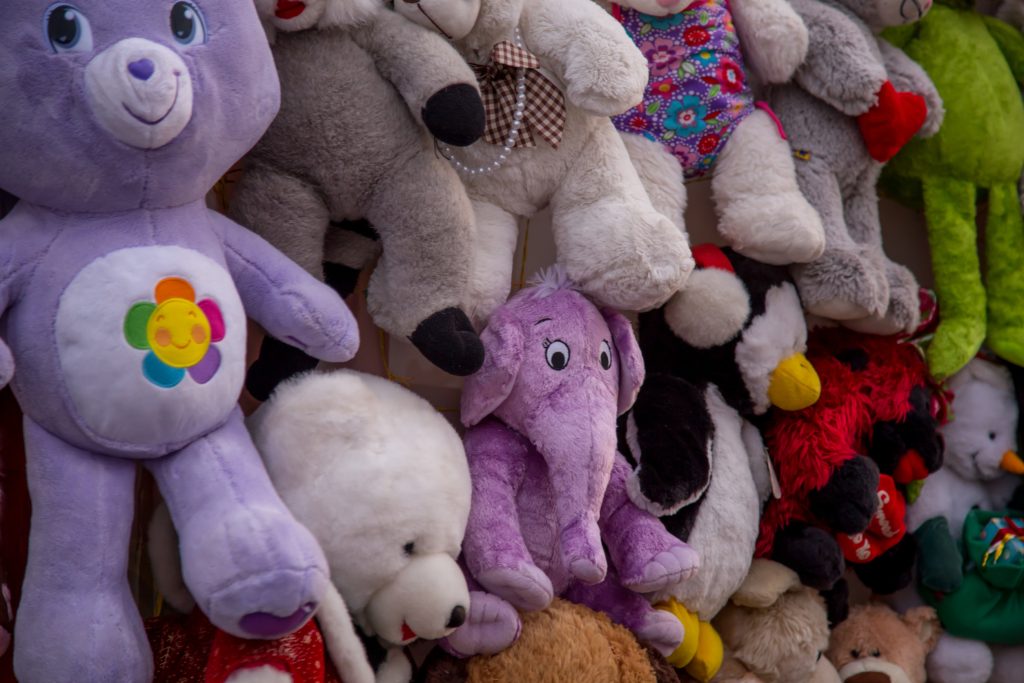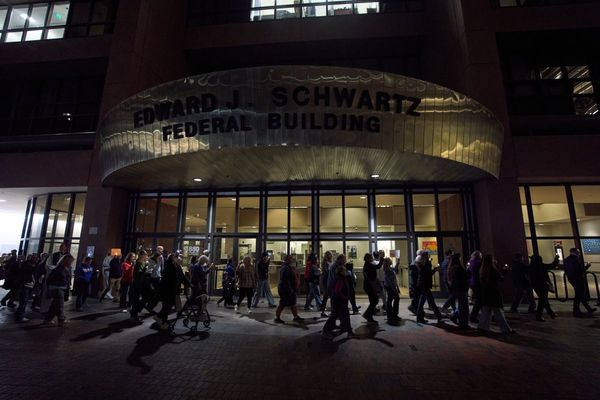
Remember the days when Beanie Babies were the hottest craze, and everyone seemed convinced they’d pay for college someday? If you grew up in the 1990s or early 2000s, chances are you have a box of these plush toys tucked away in your attic or closet. With stories of rare Beanie Babies selling for thousands of dollars, it’s natural to wonder: Is your collection a goldmine or just a pile of nostalgia? Understanding the real Beanie Babies value today can help you decide whether to cash in, hold on, or simply reminisce. Let’s break down what’s going on in Beanie Babies and how you can make the most of your collection.
1. The Beanie Babies Craze: What Happened?
Beanie Babies exploded onto the scene in the mid-1990s, quickly becoming a pop culture phenomenon. People lined up outside stores, hoping to snag the latest release, and rumors of skyrocketing Beanie Babies value fueled a buying frenzy. Many believed these plush toys would become valuable collectibles, leading to hoarding and even heated bidding wars. However, the market eventually crashed as supply outpaced demand and collectors realized not every Beanie Baby was rare. The landscape is very different today, and understanding this history is key to managing your expectations.
2. Rarity Is Everything: What Makes a Beanie Baby Valuable?
Not all Beanie Babies are created equal. The Beanie Babies value depends heavily on rarity, condition, and specific production errors. Limited editions, retired models, and those with unique tag errors tend to fetch higher prices. For example, the “Peanut the Royal Blue Elephant” and “Princess the Bear” with certain tags have sold for hundreds or even thousands of dollars, but these are exceptions, not the rule. Most Beanie Babies were mass-produced, making them common and less valuable. If you’re hoping to cash in, start by researching your specific Beanie Babies to see if they fall into the rare category.
3. Condition Matters: How to Assess Your Collection
Even if you have a rare Beanie Baby, its value drops significantly if it’s not in mint condition. Collectors look for toys with intact tags, no stains, and no signs of wear. Original packaging and tag protectors can also boost Beanie Babies’ value. Before listing your collection for sale, carefully inspect each toy. If you find damage or missing tags, be realistic about the price you can expect. Taking clear, well-lit photos and providing honest descriptions will help you attract serious buyers and avoid disappointment.
4. Where to Sell: Finding the Right Marketplace
If you’ve determined your Beanie Babies have potential value, the next step is choosing where to sell them. Online marketplaces like eBay remain popular, but prices can vary widely. Some sellers list Beanie Babies for thousands of dollars, but actual sales often close for much less. It’s smart to check completed listings to see what buyers are really paying. Specialty collectible sites and local toy shows can also be good options, especially for rare items. Be wary of scams and always use secure payment methods.
5. The Harsh Truth: Most Beanie Babies Aren’t Worth Much
It’s easy to get swept up in stories of six-figure sales, but the reality is that most Beanie Babies’ value is low. The vast majority sell for just a few dollars, if they sell at all. The market is saturated, and only a handful of truly rare items command high prices. If your collection consists of common models, keeping them for sentimental reasons or donating them to a good cause might be better. That said, it’s always worth double-checking for hidden gems before making any decisions.
6. Tips for Maximizing Your Beanie Babies Value
A few strategies can help you get the best possible price if you’re determined to sell. First, group common Beanie Babies into lots to attract buyers looking for bulk deals. Second, highlight unique features in your listings, such as tag errors or limited editions. Third, be patient—rare items may take time to find the right buyer. Finally, stay informed about current trends, as nostalgia can sometimes spark renewed interest in certain models. Remember, the Beanie Babies value can fluctuate, so timing your sale can make a difference.
Nostalgia or Nest Egg? Making the Most of Your Beanie Babies
At the end of the day, the true value of your Beanie Babies might be more emotional than financial. While a few rare pieces can fetch impressive sums, most collections are worth far less than the legends suggest. Still, these plush toys can bring back fond memories and even spark joy for a new generation. Whether you decide to sell, donate, or simply display your Beanie Babies, understanding their real worth puts you in control. Take the time to research, assess, and make the choice that feels right for you.
Have you checked the value of your Beanie Babies lately? Share your stories or surprises in the comments below!
Read More
The Definition of Irony (or Why You Should Know What You’re Doing)
The post Are Those “Collectible” Beanie Babies From Your Childhood Worth Anything Now? appeared first on The Free Financial Advisor.







